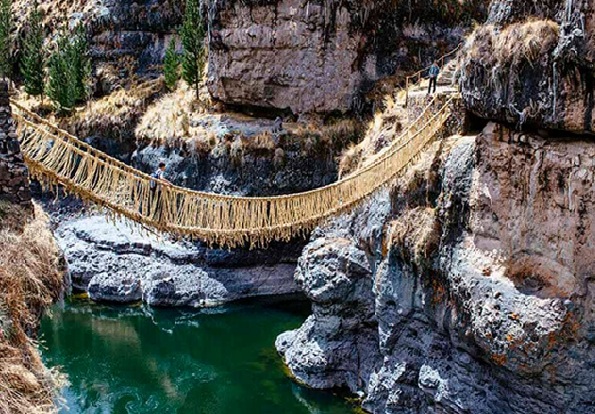info@destinoperfectotravel.com
|
+51 998 148 882 | About Us
| Payment Methods | Visit our social networks:
Full day 6

• Boat Ride S/. 10.00
Copyright © Perfect Destination Travel. All Rights Reserved.
Designed by MOLL